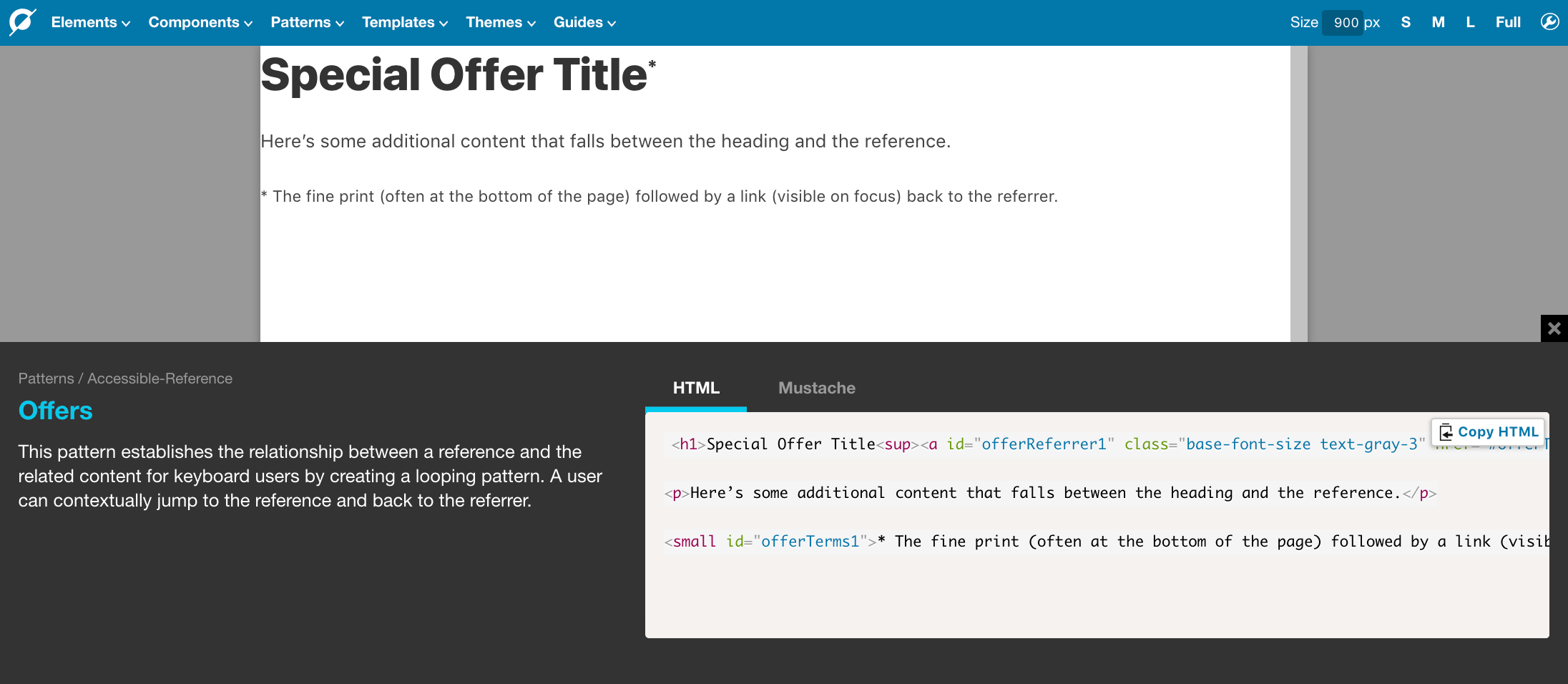Life Time Accessibility
Advocacy, Design, Development, Documentation, Education

Summary
- Tools and processes are maturing for better end-to-end accessibility practices.
- Accessibility is a top priority for all new work in digital channels.
Background
Over the years as a designer and front-end developer I’ve learned that there’s a balance between expression and boundaries, between creativity and code. Limitations become the channels for artistry. A lake can be stagnant, but bring the banks closer and now you have movement—a river.
In late 2008, when WCAG 2.0 was published, the groundwork was laid in the industry for something that could been seen as restricting or a legitimate catalyst ensuring that more audiences could be reached with less barriers. I chose the latter.
When I joined Life Time I had the opportunity to help build our design system from the ground up. Knowing that it would be a centralized resource I worked to include accessibility into the framework.

Objective
Life Time serves members in many ways. From its high-end clubs to coworking spaces, and events to programs it is a public place of accommodation. But more than that, it has literally created the healthy way of life category. The implications are limitless, and in stride our digital properties should be too—empowering all types of users though inclusive and accessible design.
Method
Through development of patterns, crafting documentation, leading workshops, auditing properties, annotating artifacts and creating design libraries I‘ve sought to tether roles together with a common accessibility thread. As a team we schedule automated audits and create manual review workflows. As peers we challenge each other in design sessions and hash out the best approach. We talk to industry experts. And team members from UX to legal attend conferences and events.
You learn to embrace constraints at the point of creation to free others at the point of consumption.
Ultimately, we keep the conversation moving—engaging new teams and disciplines to create advocates and experts along the way. We’ve embraced the realization that accessibility is not a trend, it’s the standard.

Outcomes
I’m thankful to say that our work is more accessible than ever (no one who is serious about accessibility will ever tell you they‘ve perfected it). We‘re developing channel experts and expanding efforts to video, email and applications. There‘s less stigma around bringing up accessibility concerns, resulting in earlier mitigation. On several occasions we’ve even influenced third-party tool creators to address issues in their products—benefiting not just us, but all of their users.
Creating accessible experiences is humbling. You quickly realize the impact your decisions have for better or worse. You learn to embrace constraints at the point of creation to free others at the point of consumption. And that’s the best outcome of all.
